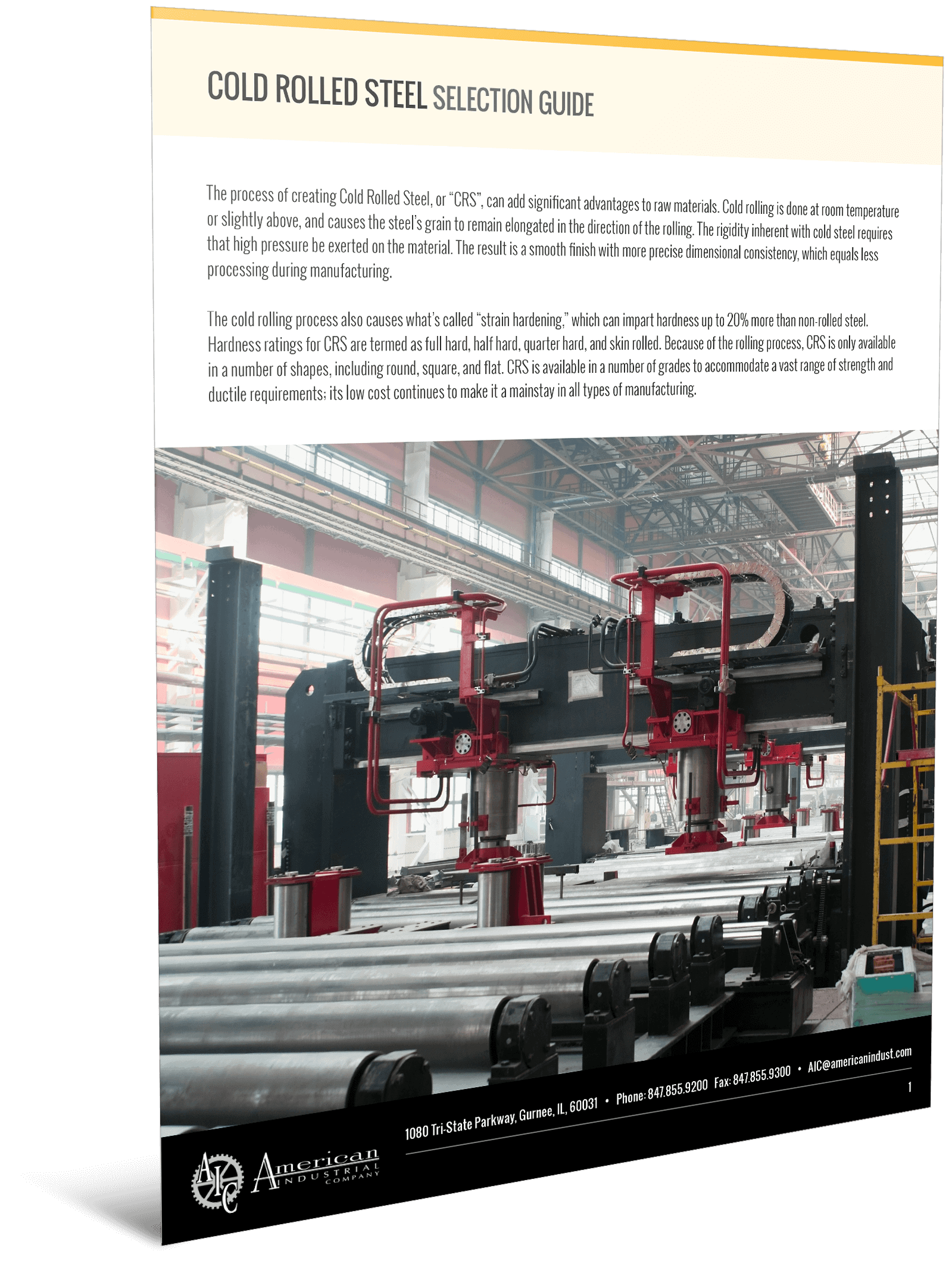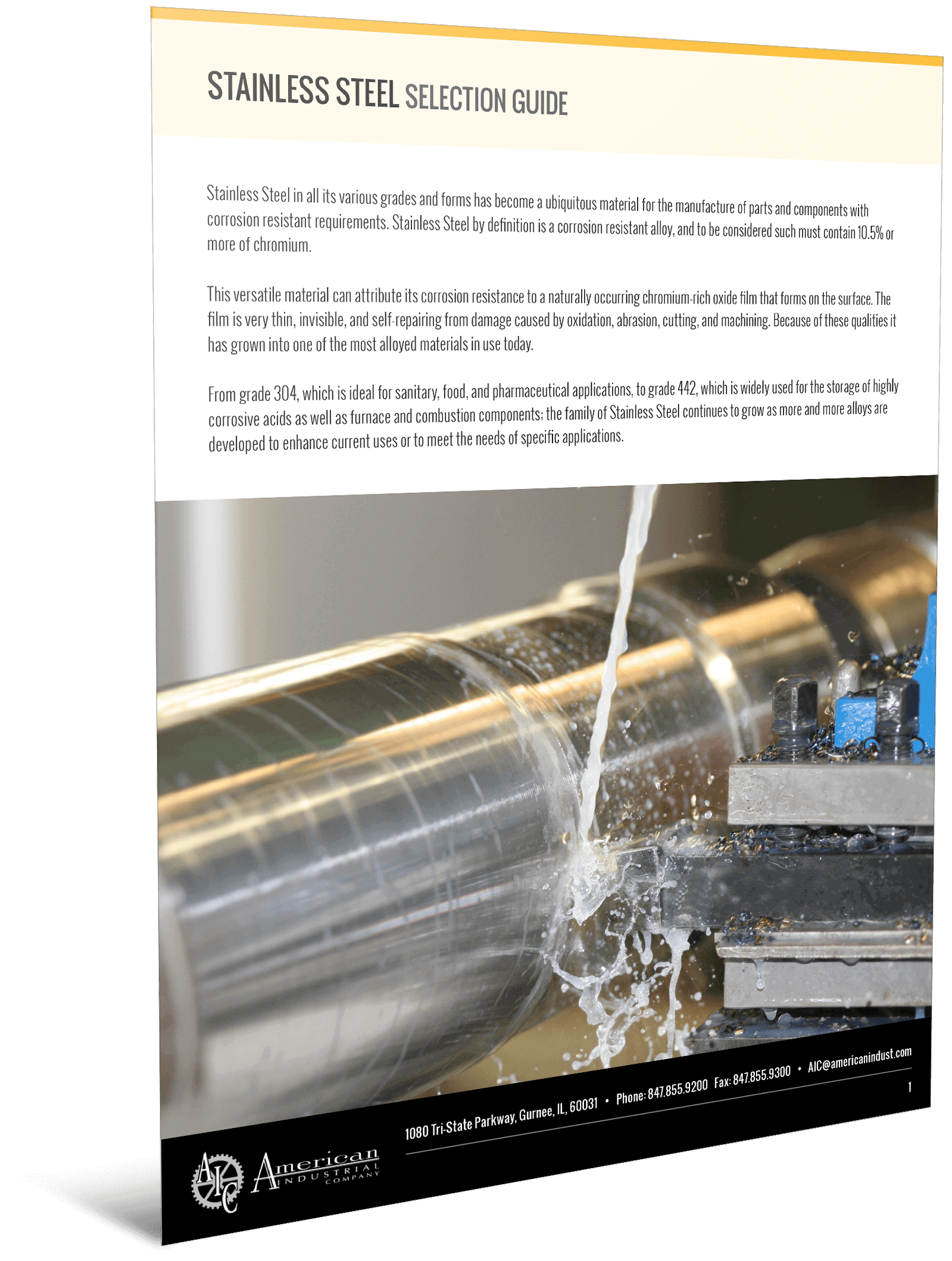Progressive Die Design Process
While there are various processes used to shape metal components, progressive metal stamping is one of the most common and cost-effective methods used by manufacturers. Parts produced using progressive die stamping move through various stations, each of which performs a specific function, such as coining, blanking, punching, or embossing. Depending on part requirements, these functions can be mixed and matched to achieve the desired results.
At American Industrial, we offer progressive die stamping services for both small and large-volume projects. Regardless of part complexity, our advanced capabilities allow us to meet your needs with quality stamped components. To ensure you get the most out of progressive die stamping, it’s important to understand the various die design considerations, as well as how the process works and its key benefits.
Design Considerations for Progressive Dies
There are various important factors to consider when designing and constructing progressive die tooling. Two of the most important considerations include:
- The volume of parts required
- Part complexity
In addition to the factors mentioned above, it is also critical to assess your requirements for part quality, tool maintenance, and tooling lifespan. By analyzing and weighing each of these factors, you’ll be able to make the necessary tradeoffs to optimize costs, time, and output.
Advantages of Using Progressive Die Stamping
Progressive die stamping from American Industrial provides several benefits, including:
- Improved Production Speeds. Because parts are continuously fed, progressive die stamping can create more parts at faster speeds. This makes it especially ideal for businesses requiring high-volume production.
- Less Scrap Waste. Progressive die stamping uses sheet metal to produce components, resulting in less waste generation. The optimized design of progressive dies also aids in reducing scrap materials.
- Freedom of Design. Progressive die stamping can produce parts with various geometries, ranging from simple to complex. This allows broader design freedom for manufacturers.
- Increased Production Capacity. Progressive die stamping can handle high capacities with longer production runs, allowing manufacturers to produce more components in less time.
- High Repeatability. Progressive die stamping uses hard and durable tooling, allowing for high-volume production without die degradation. This enables manufacturers to produce high-quality parts with optimal repeatability.
- Decreased Cost Per Part. Progressive die stamping can lower your cost per part with increased production speeds, repeatability, fast setup, and reduced material waste. Because the process can be easily automated, it decreases labor costs and lowers the risk of workplace injury.
- Produces Tight Tolerances. Progressive die stamping can produce high volumes of components with high precision and accuracy, maintaining tight tolerances over long production runs.
Progressive Die Stamping Process
The progressive die stamping process follows five key steps:
- Tooling creation. Progressive die stamping begins with a toolmaker creating the die set or tooling required to meet the application’s requirements. A progressive stamping die set carries out the entire part stamping process, eliminating the need to change tooling between operations.
- Die placement. Once the die is created, it must be placed into the stamping press. As the stamping press moves up, the die opens, and when the stamping press moves down, the die closes.
- Load the metal. Coiled metal is then loaded and continuously fed through the die with each press stroke.
- Perform operations. With a single stroke, the press can perform several stamping operations, including cutting, bending, coining, or embossing. Each time the die closes, the workpiece moves (or progresses) into the next station within the die.
- Part ejection. The workpiece takes on its final shape and size once it has moved through each operation station. At this point, the finished part is ejected from the die and cut from the carrier strip.
Progressive Die Stamping From American Industrial
Progressive die stamping delivers various benefits, including increased speed and volume, less waste, tighter tolerances, and improved freedom of design. To ensure optimal efficiency and part quality, it’s important to design progressive dies based on your application’s particular requirements.
At American Industrial, we’ve specialized in metal stamping since 1981 and have the necessary expertise to design the proper tooling for your progressive die stamping project. Whether you require a small or large production run, we can create long-lasting tooling designed to deliver optimal uniformity and consistency in your finished components. For more information about our progressive die stamping and tooling design capabilities, contact us or request a quote today.






